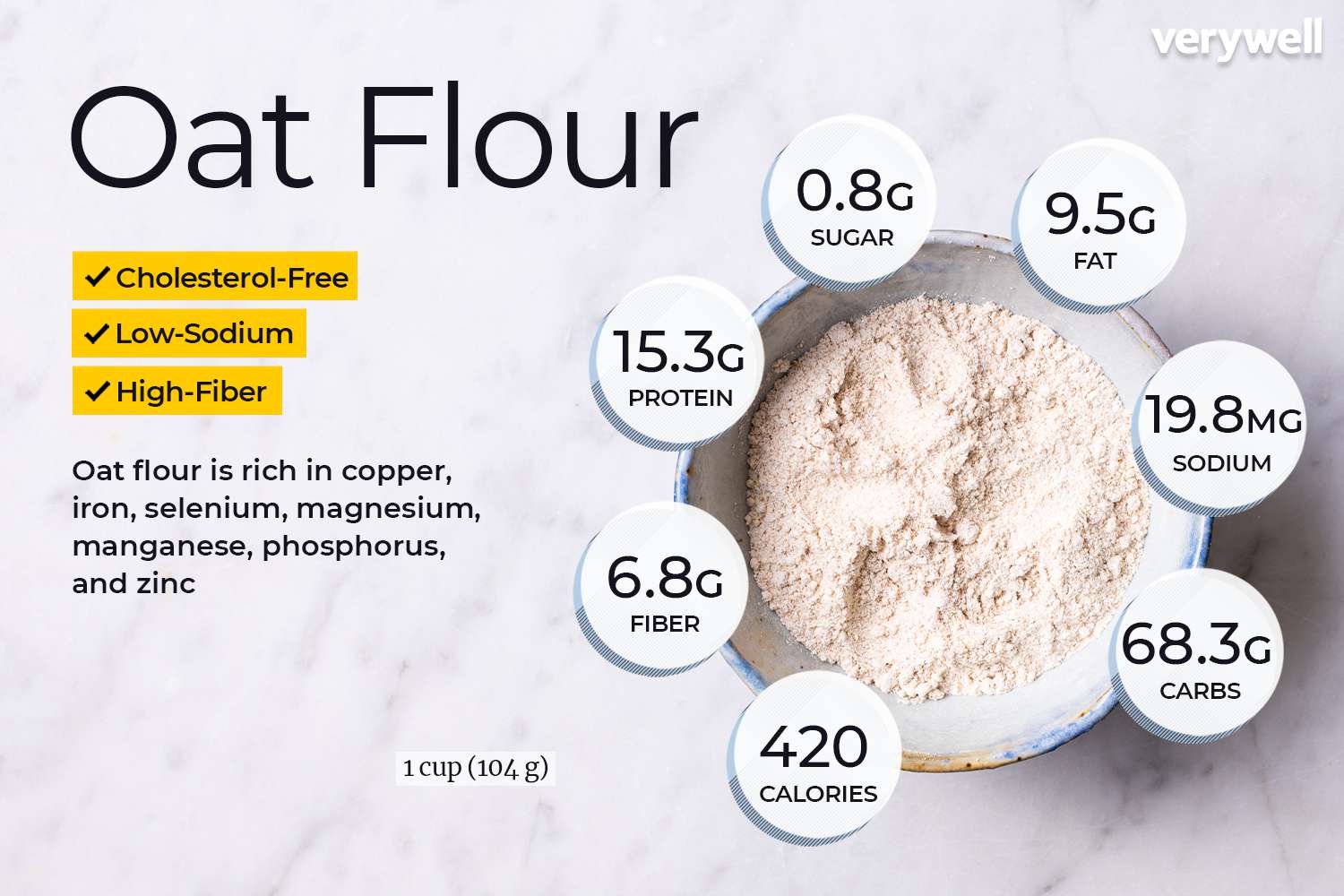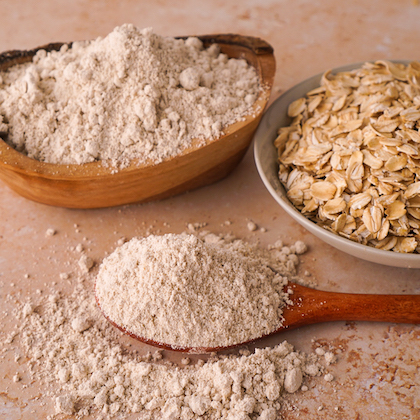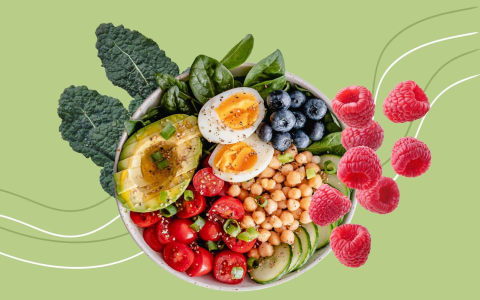Alright, so I’ve been meaning to share this for a while. It’s about my little journey with oat flour, specifically figuring out what’s good about it, you know, the nutrition side of things. It wasn’t like I woke up one day and decided to become an oat flour expert, not at all.

It started pretty simply. I was baking a bit more, trying to make some healthier snacks for myself and the family. Regular white flour, well, it’s fine, but I kept hearing about alternatives. I’d used whole wheat before, but sometimes it’s a bit too heavy for what I want. Someone, I think it was a comment on a recipe blog, mentioned oat flour. I had a big container of rolled oats for breakfast, so a lightbulb went off – maybe I could make my own?
So, the first thing I did was grab my trusty old blender. I wasn’t sure if it would work, honestly. I just dumped about a cup of rolled oats in there and let it rip. It was noisy! And the first try? Not great. It was more like oat bits than flour. But I kept at it, pulsing, shaking the blender, then blending some more. Eventually, I got something that looked pretty much like flour. A bit coarser than the store-bought stuff I later saw, but hey, it was homemade.
Then I started using it. My first experiment was pancakes. I just swapped out about half the regular flour for my homemade oat flour. The batter looked a bit different, maybe a tad darker. The pancakes? They were good! A bit nuttier in flavor, and they felt more… substantial. We all actually liked them a lot.
My Observations and What I Figured Out
After a few weeks of using it here and there – in muffins, some cookies, even tried it to thicken a sauce once (worked okay!) – I started noticing a couple of things. For one, when I ate stuff made with oat flour, especially for breakfast, I felt full for longer. That mid-morning “must eat now” feeling wasn’t hitting as hard. That got me curious.
So, I decided to do a little digging, just some casual searching online. Not like reading scientific papers, just general info. And what I found was pretty interesting.

- Fiber, man! This was the big one. Oats are packed with fiber, especially a type called beta-glucan. That’s the stuff that apparently helps you feel full. And it’s good for your cholesterol, or so they say. Made sense with how I was feeling.
- More protein than I thought. Compared to regular all-purpose flour, oat flour has a bit more protein. Not like a ton, but every little bit helps, right?
- Vitamins and Minerals. I saw mentions of stuff like manganese, phosphorus, magnesium. I’m no nutritionist, but those sound like good things to have in your food.
- Sustained Energy. This tied back to the fiber, I guess. I didn’t get that quick sugar rush and crash like I sometimes do with super-refined flour products. It felt like more even energy.
So, how did I use this knowledge? Well, I didn’t go crazy and replace all flour with oat flour. That wouldn’t work for everything. Some baked goods need that gluten structure from wheat flour. But I definitely started incorporating it more consciously.
My go-to now is to make a batch of oat flour every couple of weeks. I keep it in an airtight container. I use it for:
- Pancakes and Waffles: Usually a 50/50 mix with regular flour, sometimes even 100% oat flour if I want them really hearty.
- Muffins and Quick Breads: Again, often a partial replacement. Adds a nice texture and flavor.
- Cookies: Especially oatmeal cookies, obviously! But I’ve snuck it into chocolate chip cookies too. Makes them a bit chewier.
- As a binder: Sometimes in homemade veggie burgers or meatballs.
It’s been a cool little experiment. Just by playing around in the kitchen and then getting a bit curious, I feel like I’ve added something genuinely good to our meals. It’s not about being super strict or anything, just making small changes that add up. And honestly, knowing what’s in it, even just the basics I picked up, makes me feel better about using it. Plus, making it myself is kind of satisfying, not gonna lie.










